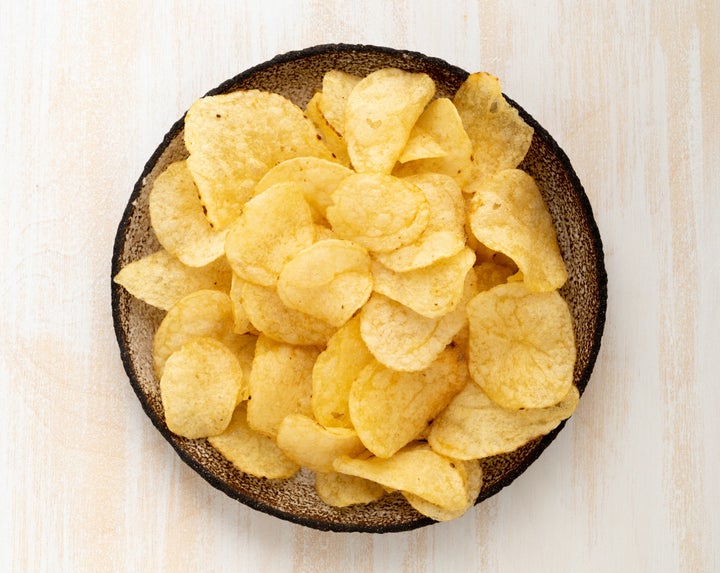
Have you noticed how addictive it feels when you’re eating a packet of crisps?
You tell yourself that you’ll only have a handful of crisps but then you find yourself finishing the whole packet.
Good news – this doesn’t mean you’re greedy, salty foods are usually highly processed and when they’re mixed with carbohydrates and fats, they can be very enjoyable to eat.
What’s more, sodium, which is found in table salt, plays a very important role in our bodies – we need it to conduct nerve impulses, contract and relax muscles, and maintain the proper balance of water and minerals.
As we’re constantly getting rid of salt through our bodies through movement etc. we do need to consume it in little amounts in our food.
By why can it be so hard to stop snacking on salty foods? Well, according to Top Chef Meals, consuming salt triggers the release of dopamine, the neurotransmitter associated with the brain’s pleasure centre.
According to the experts, this makes “salty foods as addictive as nicotine and alcohol.”
Yup – once you’ve started scoffing on all things salty, your brain craves more.
However, eating too much salt can be seriously harmful to your health.
Adding salt to your meal at the table is associated with an earlier death, according to some research.
A study of 500,000 middle-aged Brits found that regularly adding salt to your food can knock more than two years off your life expectancy for men – and one-and-a-half years for women.
A diet that is high in salt can increase your chances of having high blood pressure which leads to heart disease and stroke.
Adults should eat no more than 6g of salt a day (2.4g sodium) – that’s around one teaspoon, the NHS says.
Children aged:
1 to 3 years should eat no more than 2g salt a day (0.8g sodium)
4 to 6 years should eat no more than 3g salt a day (1.2g sodium)
7 to 10 years should eat no more than 5g salt a day (2g sodium)
11 years and over should eat no more than 6g salt a day (2.4g sodium)
You should also check pre-packed food labels to look at how much salt they contain and choose lower-salt options where possible.